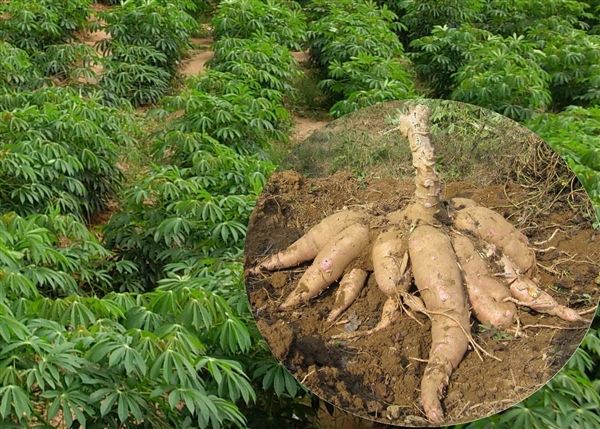DNA Technology Helps Famers Identify Crop Diseases
It is often difficult for farmers to identify diseases quickly enough to protect their crops and those on neighboring farms. Now, some farmers are using a simple device directly in the field to find viruses before they spread.
In Tanzania, several viruses are a threat to cassava crops. Farmers struggle to identify the diseases in an urgent effort to avoid severe crop damage.
The disease identification process is often difficult when farmers are acting on their own. If they do not know what is attacking their crops, they cannot decide the best way to fight the disease.
A device from British technology company Oxford Nanopore is changing that. The device extracts deoxyribonucleic acid, better known as DNA, from plants. DNA is the carrier of genetic information in nearly all living things.
The device helps farmers identify what is harming their crops so they can change to more resistant crops.

Laura Boykin is with the University of Western Australia and also works with the Cassava Virus Action Project. She brought the device to a Tanzanian farm owned by Asha Mohamed.
"We are here collecting leaf punches from infected material to test. To do a DNA extraction and then start sequencing in the field."
The testing identified a number of viruses in the cassava fields near Mohamed's farm. The process also discovered that plants considered resistant to disease had a very low viral level.
"So what would have normally taken six months to a year, has just happened in a couple of hours. And that's possible because of amazing technology that exists, that is able to give farmers results real-time."
Once the viruses were identified, Asha Mohamed was given two kinds of seeds that are resistant to the diseases.
In another case, DNA was collected from a pawpaw tree farm in Kenya. With that test, the technology was able to identify diseases affecting Naomi Mumo's crops.
"All my pawpaw were affected by a disease, and I didn't know what kind of disease it was. But now, I have people who have identified the disease using new technology, and within a very short time. So I'm very happy."
Laura Boykin says she and other researchers returned to Mohamed's cassava farm nine months later. She said the new plants were very healthy and had produced a large, successful crop.
"After nine months of her growing the improved varieties, we are back here, and today we harvested her cassava plants and she went from zero yield to 35 tons per hectare, which is massive."
The speed at which farmers identify diseases can mean the difference between the success or failure on large areas of crop land. Now, the use of such simple and easily transportable DNA sequencing devices is making that possible.
I'm Bryan Lynn.











